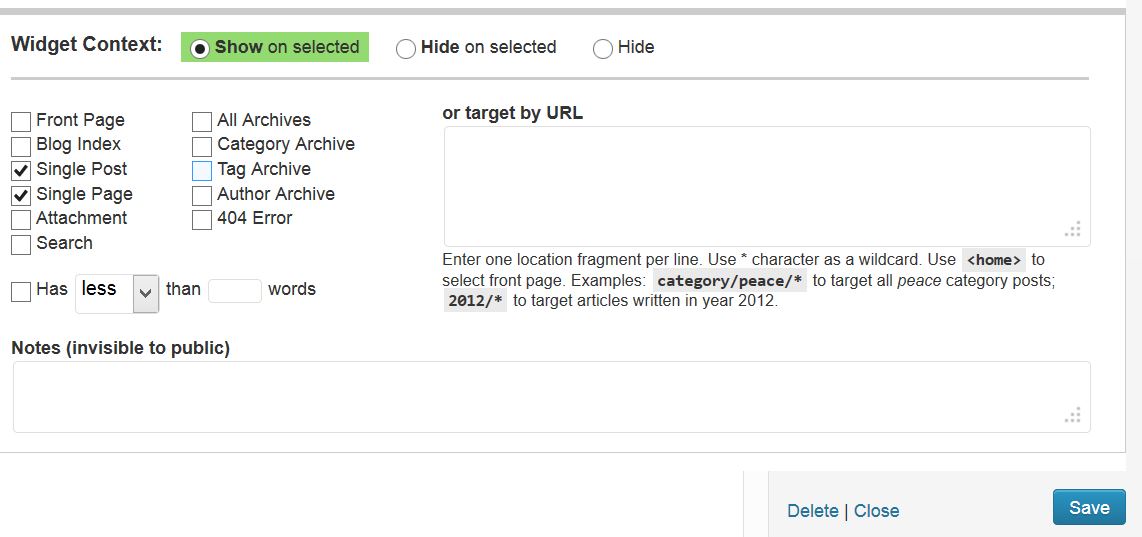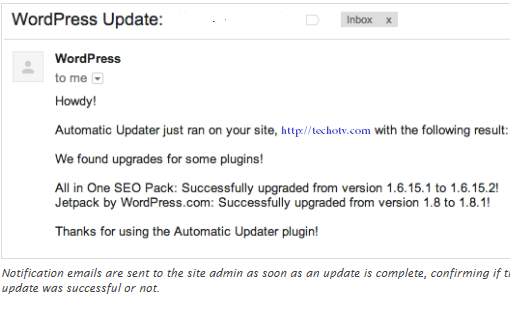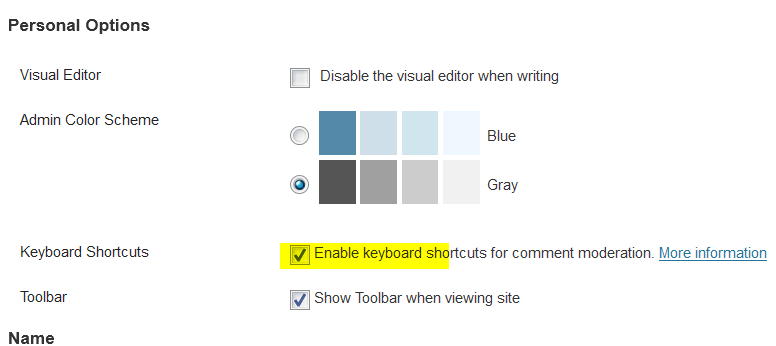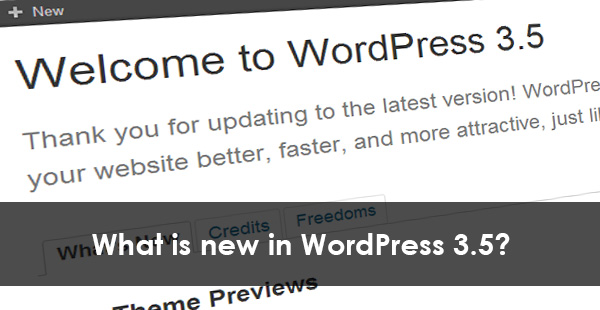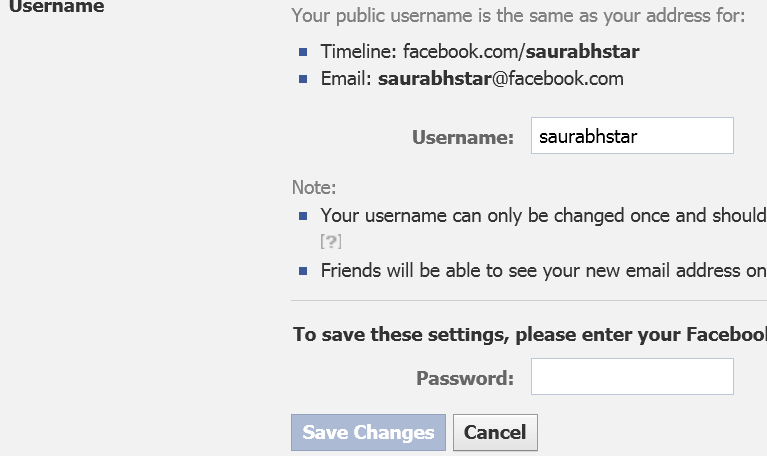WordPress is the best blogging platform used by millions of bloggers. Thanks to its flexibility, we can, each, differentiate our blog from the rest, with the help of themes, widgets and plugins. But sometimes, our wordpress themes are not capable enough to meet all our needs and demands, and many bloggers can’t afford to hire a developer to meet his requirements. To rescue, WordPress is supported by thousands of talented developers who contribute plugins and other resources to WordPress repository for free. In this article, we’ll learn how to disable a particular widget in a particular section of our self-hosted WordPress blog. For example, you may want to disable a specific widget on homepage, or on category page (E.g. – If you’ve recent posts widget, you may like to disable it on homepage, because most probably blog homepage lists recent posts). You may even want a particular widget to appear just on homepage and no other pages/section of your WordPress blog.
- To do this the easiest way, all you need to do is download and install Widget Context plugin. Log into WordPress admin panel, go to plugins > Add new. Search for Widget Context, install and activate it. This plugin doesn’t have any option page.
- Now go to Appearance > Widgets. Put the desired widget in the active sidebar section and then expand the widget to see its properties. You’ll notice Widget Context menu and options in every WordPress or custom widgets. Now, you can select whether you want the widget to appear just on homepage of your blog, or whether you want to disable that widget on homepage and category pages. You can even make the widget appear on a particular category page by specifying the url of the category page also. See all those options and don’t forget to select appropriate radio button i.e. whether to show the widget or hide the widget on the selected items. After making changes, click on Save. Done.

I’ve personally tested this fine Widget Context plugin and it works very well with the latest version of WordPress. Finally, I don’t have to rely on my theme developer to make specific widgets for homepage or category pages. This also saved me lots of manual coding work. If you find this post helpful, don’t forget to comment.
